Optimal Timing for Mouse Fumigation
Understanding the optimal timing for mouse fumigations is crucial for effective pest control. Mice tend to be most active and reproduce rapidly during certain periods, which influences the best times to implement fumigation strategies.
Mice populations increase as temperatures rise, making this period ideal for fumigation to prevent infestations.
In colder months, mice seek shelter indoors, increasing the likelihood of infestations requiring timely fumigation.
Fumigation after building work can prevent mice from settling into new or repaired structures.
Performing fumigation prior to occupancy can eliminate existing mice and prevent future issues.
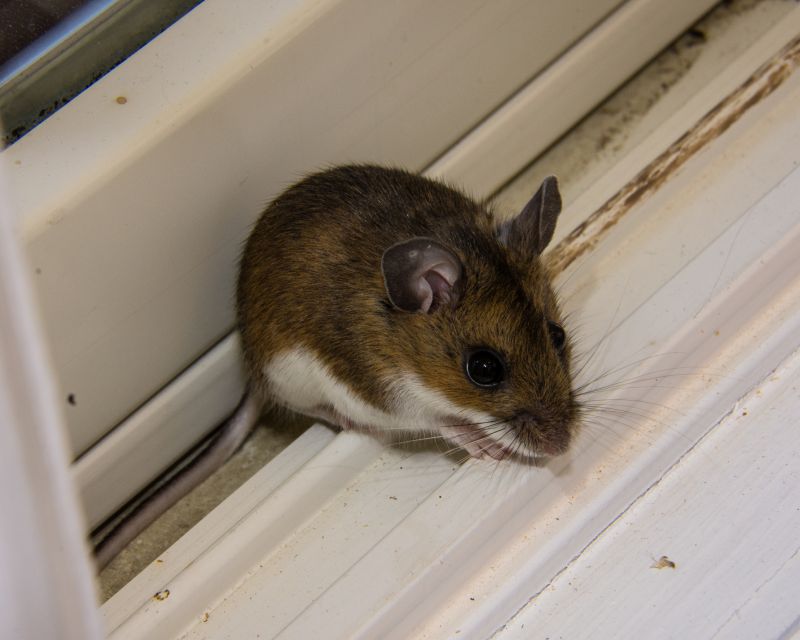
Indoor environments attract mice during colder months, making timely fumigation essential.
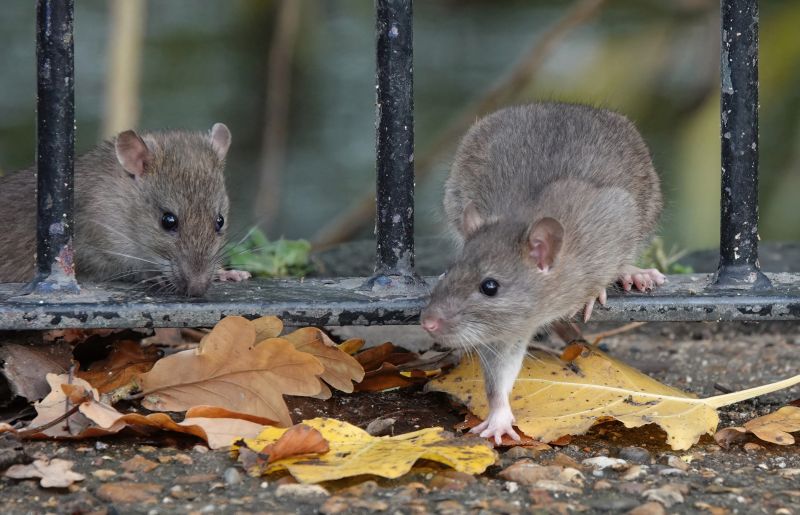
Droppings and gnaw marks indicate mice presence, often prompting the need for fumigation.
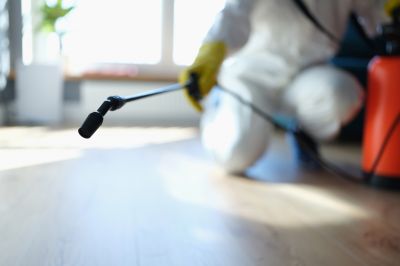
Proper tools and techniques ensure effective elimination of mice during scheduled fumigation periods.
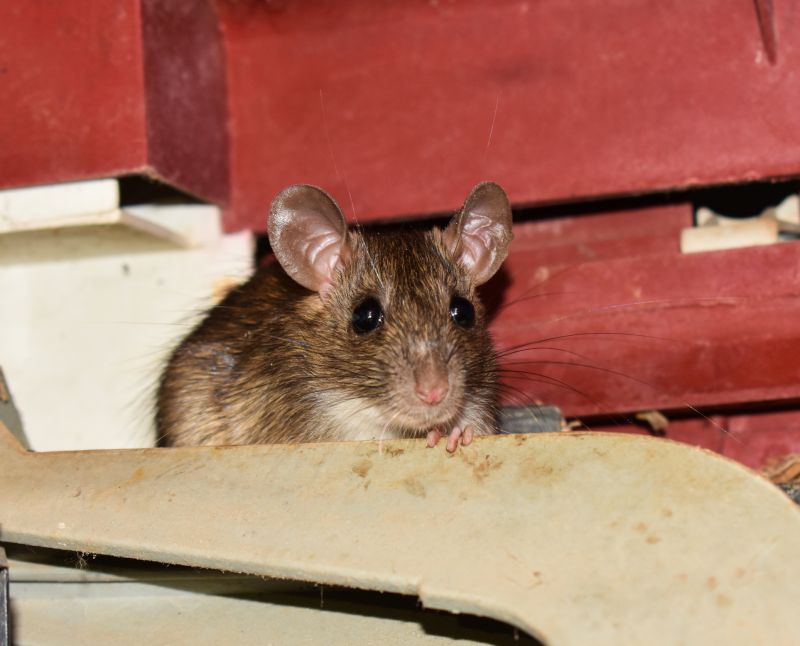
Ways to make Mouse Fumigations work in tight or awkward layouts.
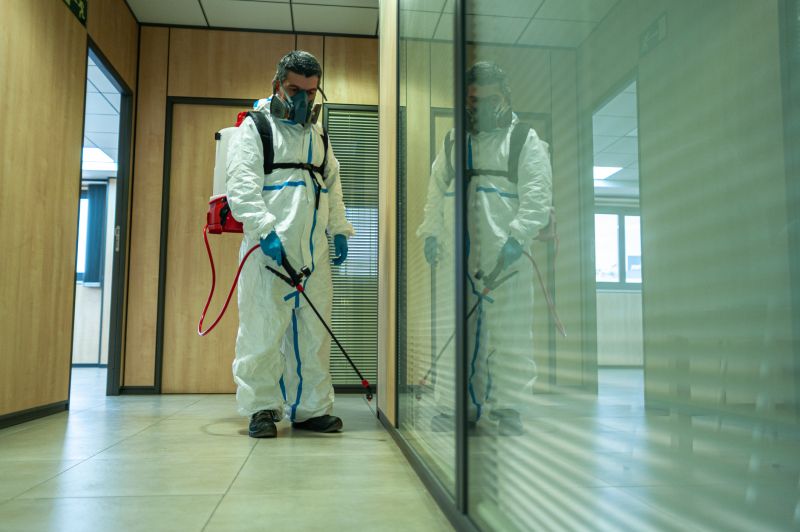
Popular materials for Mouse Fumigations and why they hold up over time.
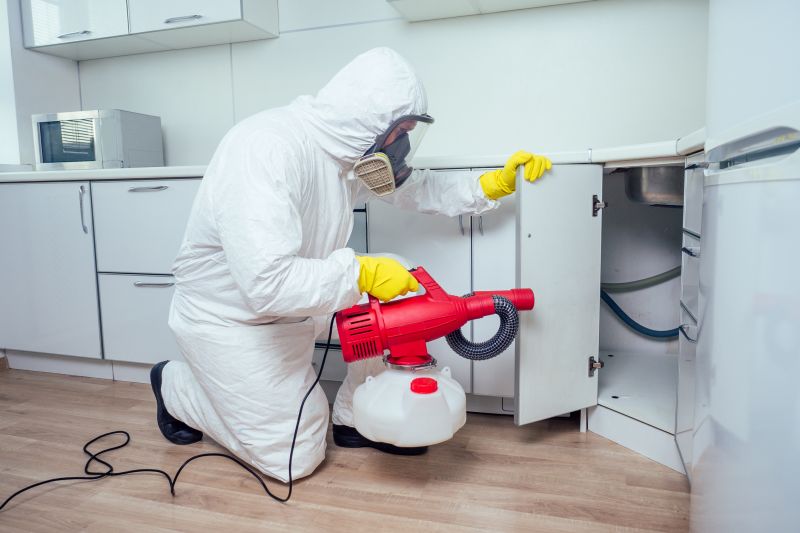
Simple add-ons that improve Mouse Fumigations without blowing the budget.
| Season | Mouse Activity Level |
|---|---|
| Spring | High |
| Summer | Moderate |
| Fall | High |
| Winter | Very High |
| Post-Renovation | Variable |
Mouse fumigation involves the application of specialized pesticides designed to eliminate rodent populations effectively. It is a targeted approach that requires careful timing to maximize results and prevent reinfestation. Mice reproduce rapidly, with a single pair capable of producing dozens of offspring within a few months, emphasizing the importance of timely intervention.
Statistics indicate that the majority of mouse infestations occur during colder months when mice seek indoor warmth and shelter. Fumigation during these periods can significantly reduce the risk of large-scale infestations and property damage. Regular inspections and preventive measures are recommended to maintain a mouse-free environment.
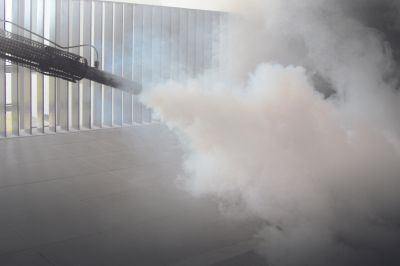
The process involves sealing the area and applying fumigants to ensure complete coverage.
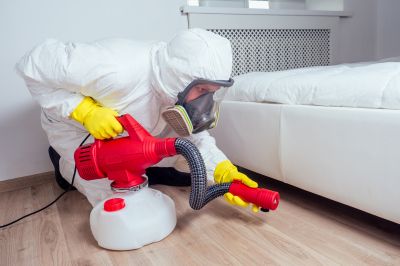
Droppings, nests, and gnaw marks are common indicators that fumigation is needed.

Sealing entry points and maintaining cleanliness can reduce the need for frequent fumigations.
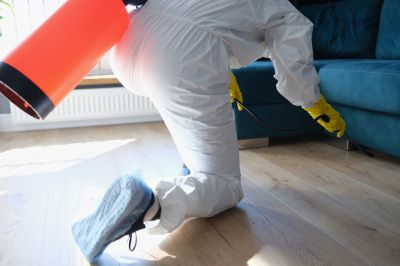
Allow adequate ventilation and follow safety guidelines before re-entering treated areas.
Interested in scheduling a mouse fumigation? Filling out the contact form can provide more information and help determine the best timing for effective pest control tailored to specific needs.
